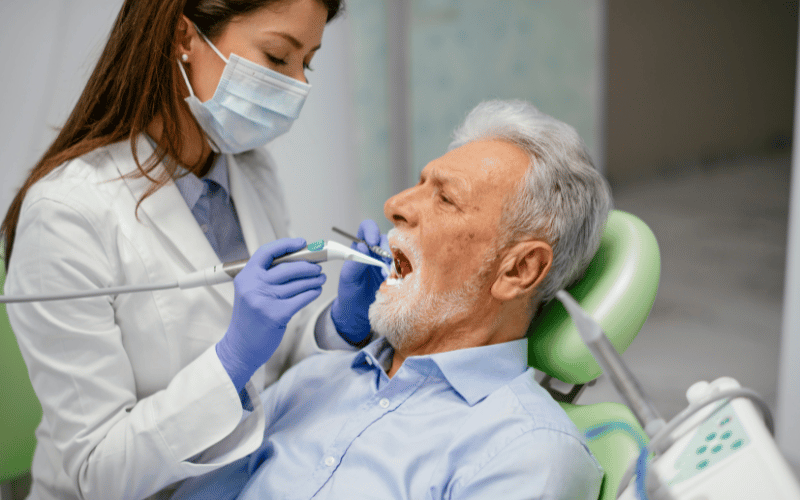4. Treatment: Paths to Correction

Addressing an overbite is more than cosmetic; it’s about ensuring oral health and proper function. The first line of action typically involves braces. These dental devices apply pressure on the teeth, gradually realigning them over time.
For more severe overbites, orthodontists might recommend additional tools, like palate expanders or headgear. A palate expander widens the upper jaw, making room for crowded teeth and correcting their position. Headgear, on the other hand, focuses on halting the growth of the upper jaw while allowing the lower jaw to catch up. This ensures a balanced bite in the long run.
In rare instances, surgical intervention might be necessary. This step is usually reserved for cases where skeletal imbalances exist. A maxillofacial surgeon reshapes the jaw, aligning it correctly. Such procedures, though invasive, offer long-term results and a permanent solution to the issue.
Addressing an overjet is a tailored process, depending on the cause. If the problem is purely dental, braces are usually the solution. By adjusting the position of the upper front teeth, they rectify the protrusion over time.
However, if the issue stems from a jaw size mismatch or a skeletal discrepancy, more intensive treatments might be in order. Orthodontic devices like twin block appliances can be used. They work by encouraging the lower jaw to grow forward while holding the upper jaw in place. Over time, this results in a more harmonious bite.(4)